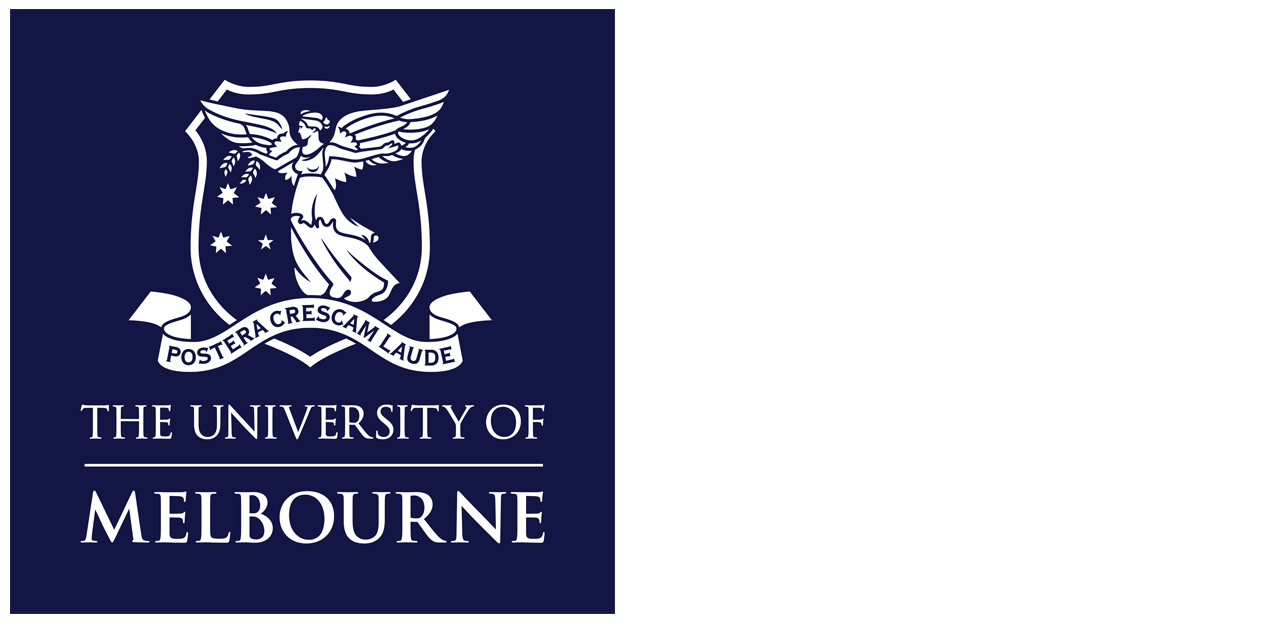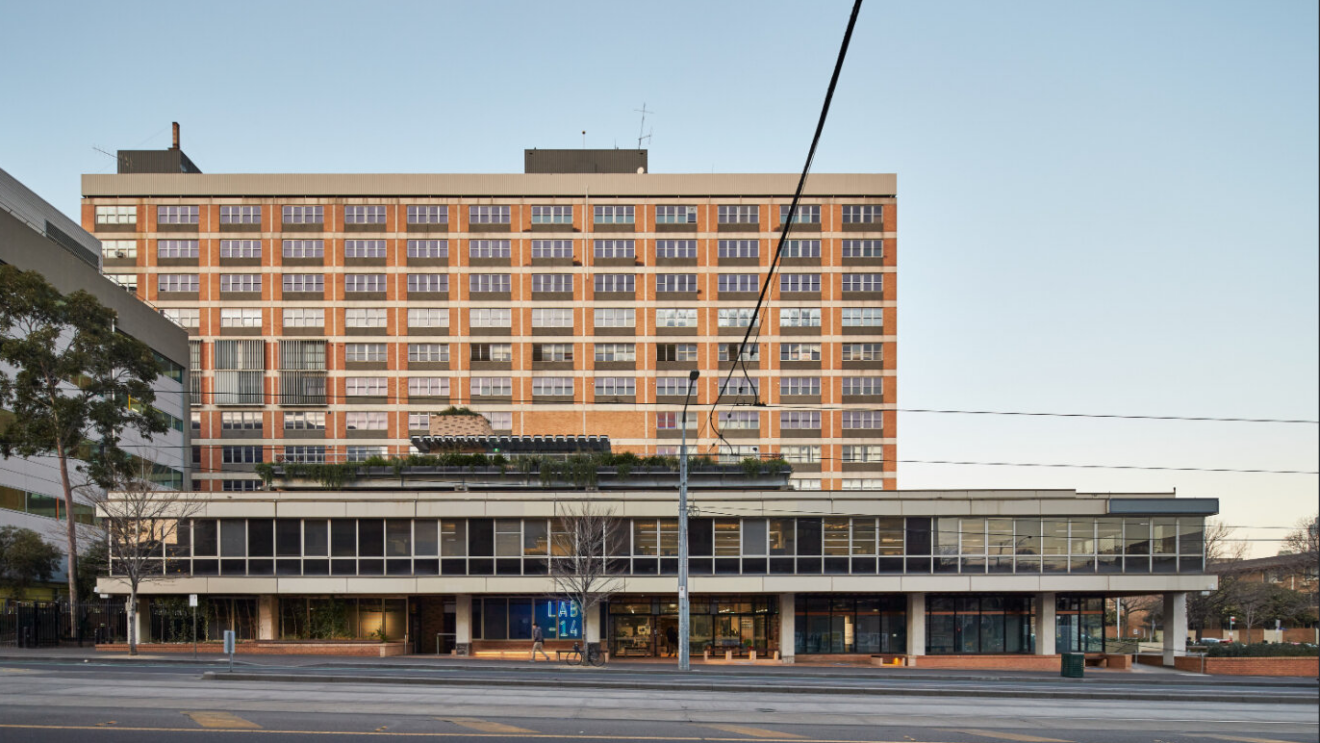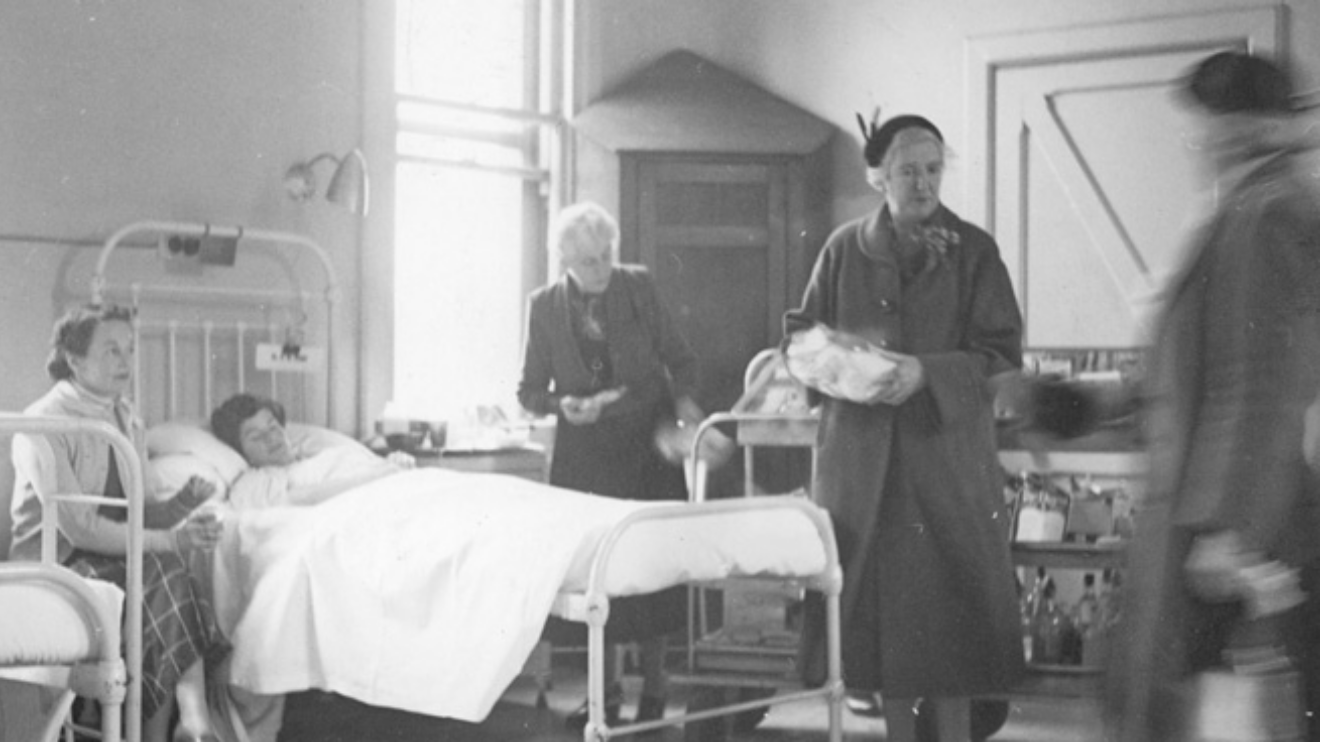

Original article published on The University of Melbourne Staff Hub
Melbourne Connect is being built on the site of the former Royal Women’s Hospital, which carries a lot of history as the welcoming point for many a Melbournian.
Originally The University of Melbourne planned to redevelop the site without demolishing the hospital, but helicopter flight path restrictions rendered that plan impossible.
The former Royal Women’s Hospital opened at the Swanston Street site in 1858 and increased in size until it was Australia’s busiest birth ward. It was closed in 2008 when the new hospital opened on Flemington Road.

The Royal Women’s Hospital was originally established at Eastern Hill by doctors Richard Tracy and John Maund on 19 August 1856 as a place where underprivileged women could give birth under medical supervision. Mrs Frances Perry, who was married to the Bishop of Melbourne, led a group of women who assisted the doctors.
It was the first specialist teaching hospital in the Antipodes, and the first hospital in Australia to train nurses and midwives. It was also the first hospital in Australia to hold postgraduate classes for nurses.
It was only two years after its establishment that the hospital was relocated to the Carlton site in 1856. In 1884 the hospital was renamed The Hospital for Women. Its royal title was conferred in 1954.
In 2005 the redevelopment and relocation of the Royal Women’s was announced by then Victorian Premier Steve Bracks and Health Minister Bronwyn Pike, with the new building and facilities opening in June 2008.
Although the site holds many happy memories for generations of Victorians, we must acknowledge the hospital’s sad and complex history. The institution played a role in forcibly removing babies from their mothers – and the enduring impact on Indigenous Australians as a result of their stolen generations.

The University of Melbourne bought the 8000 square metre site in 2012 and revealed plans for Melbourne Connect and its new beginnings (then referred to as the Carlton Connect Initiative) in 2014.
The Melbourne Connect design incorporates elements of the old building, with brickwork repurposed from the demolished 3AW building, and digital screens displaying the history of the Royal Women’s.
Melbourne Connect features public spaces including the Science Gallery and will host a range of events open to the public, giving those same Melbournians who began their lives at the Royal Women’s the opportunity to see how the site continues to shape the future.